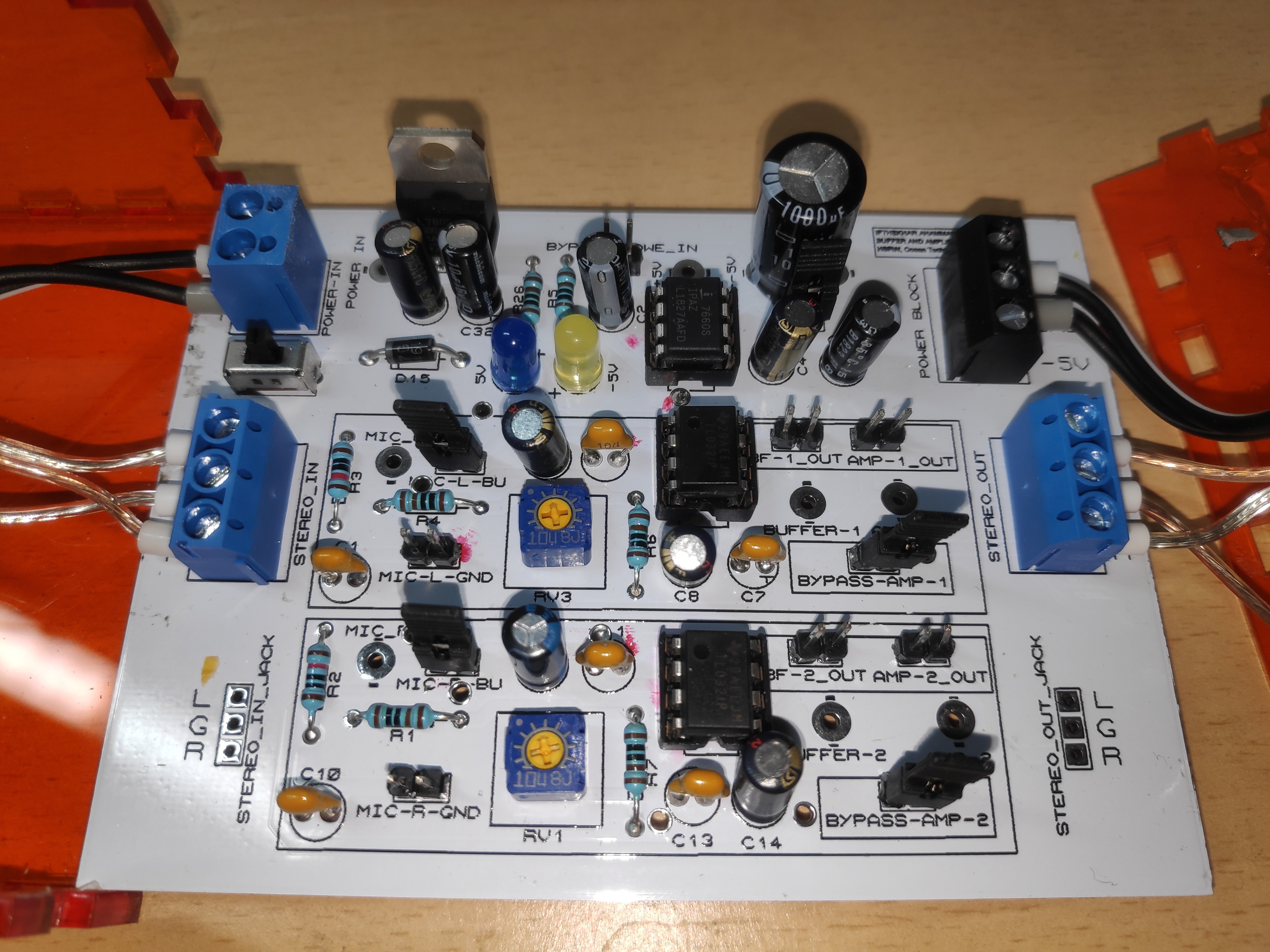During the initial test of the device, some variables had to be changed. For the field test, three
identical devices were made and due to that reason, two new hydrophones were needed as
well. After recording data with each hydrophone (9 meters long cable) with all three devices,
no noticeable loss of performance was observed. At one stage a decision was made to increase
the length of each hydrophone cable and one important property was overlooked, the new
cable that was used was made of few different materials and also had a thin layer of tissue
paper in between the jacket and the cables. That may have added some additional pyro-electric
activity and after connecting them to the existing cables, CBobby has recorded higher
noise activity. Based on the current perspective the added length (extra 30 meters to each
hydrophone cable) or the property of cable or both can be the reason for that noise activity.
To verify the detection ability and to monitor & record the acoustic activity, a Zoom H2a
recorder was also connected in parallel with the CBobby. Now the observed data from the
hydrophone was sent to both the H2a recorder and CBobby simultaneously. It
resulted in a lot of noise generation on both the recorder and the CBobby end. It also
dramatically reduces the amplitude of the received signal.
One reason for this is the crosstalk between the recorder and the CBobby and another reason
is the impedance mismatch. To solve the impedance match issue, An Operational Amplifier
based stereo buffer/Amplifier circuit has been implemented in the system separately. Where either the buffer or the amplifier circuit or both in conjunction can be used to
stabilize the microphone signal. But that approach did not solve the problem completely.

 ifthekhar ahammad
ifthekhar ahammad
Discussions
Become a Hackaday.io Member
Create an account to leave a comment. Already have an account? Log In.